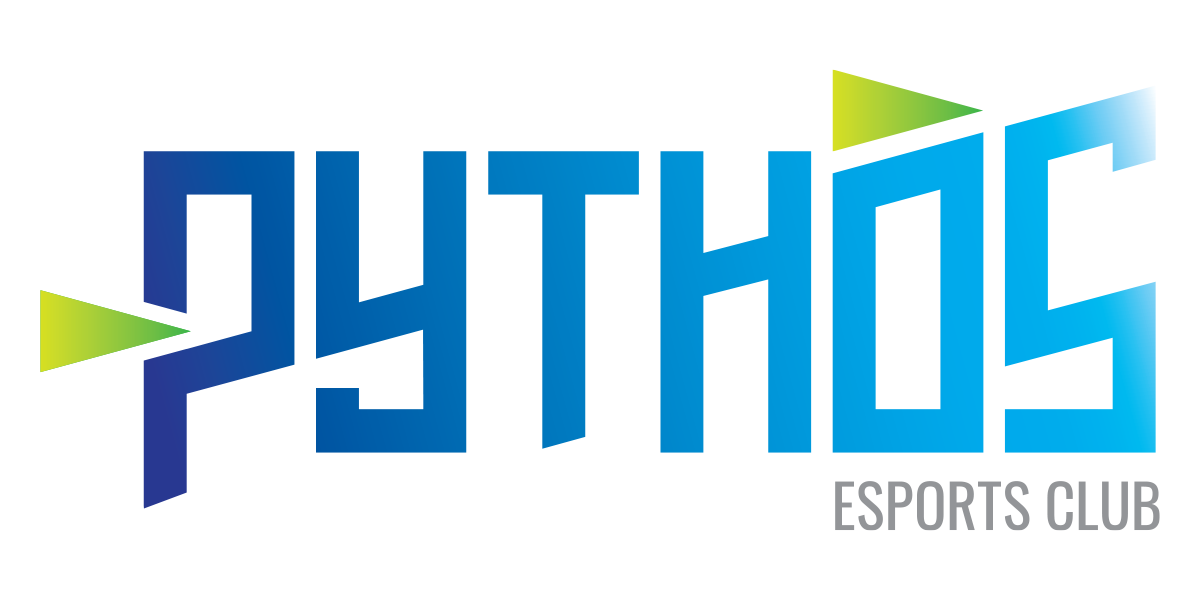25 Jul Inside Project Stryker: Riot’s shot at production brilliance
Image credit: Tristan Fewings / Getty Images for Riot Games
For the last three years, Riot Games has secretly been hatching a project that it claims will revolutionise esports broadcast production.
10 miles from the city centre of Dubin, Ireland, in an unassuming retail park in the appropriately named industrial outskirt of Swords, lies the beating heart of Project Stryker.
You may not expect to find Riot’s flagship new remote broadcast facility buried in the outer folds of Ireland’s capital. Many of the project’s local staff know (and frequented) the venue back when it was still a well-known Dublin nightclub. In fact, go back far enough, I’m told by locals, and you’ll find it originally hosted a boxing ring.
The building is the first of three remote broadcast facilities (RBCs) that will make up what Riot is calling Project Stryker. The RBCs comprising Stryker are to be strategically located eight hours apart to create a ‘follow-the-sun’ broadcast model, which will allow Riot to produce esports events 24/7, 365 days a year, no matter where in the world they take place.
Riot Games unveils first-ever college VALORANT season
Riot Games taps Amazon Web Services for AI and Cloud capabilities
The ambitious plan will simplify and centralise the production process for Riot, allowing all League of Legends, VALORANT and Wild Rift events to be produced using the most cutting edge tech in the business.
Over 32km of cabling and 100 Gbps data lines combine to bring live event feeds to the production facility in about 1/10th of a second. Two out of the countless control rooms were also dedicated to Riot’s new partnership with Amazon Web Services (AWS).
The control rooms are outfitted with future-looking technology and cloud-based zero client computing that will enable Riot to efficiently produce events even more virtually and remotely. AWS has naming rights to the project, which is referred to as Project Stryker, Powered by AWS in press material.
The facility is a polished maze of command centres, control rooms, sleek production equipment and endless graphical displays that will allow Riot to produce up to six events simultaneously from this location alone — no matter where they take place in the world.
“When we looked at our regional infrastructure, it wasn’t built to scale to handle multiple esports, we needed to upgrade it,” John Needham, President of Esports at Riot Games, told Esports Insider. “It only made sense to me that we centralise our infrastructure and we make our big investments not in 12 different regions, but in three big broadcast centres.”
Image credit: Tristan Fewings / Getty Images for Riot Games
High specs come with a high price. The event cost north of $18m (~£15m) to build — and there’s two more on the way, with similar price tags attached.
It’s a substantial amount of money to spend, especially when much of the esports industry — and the tech industry more broadly — are tightening their belts financially. The Dublin facility will also create 120 new jobs, Riot said, a welcome break from the industry layoffs that are continually catching headlines.
Economic uncertainty hasn’t affected the project itself, Needham said, though admitted it’s naturally a concern for Riot esports more broadly. “I think where the uncertainty comes in is with our sponsors and their marketing budgets being impacted and how much they can invest in esports. It’s mostly about, can we keep our non endemic sponsors engaged.”
However, he said that the forward-thinking vision guiding the project means Riot’s not worried in the long term. In fact, centralisation, simplification and future-proofing will ultimately save money in the grand scheme of things, Allyson Gormley, General Manager of Project Stryker Dublin, told Esports Insider.
Gormley and Needham added that Riot is looking into how the space can be used or rented out to tournament organisers and other third parties to utilise unused capacity, in part because Riot almost went too big. “When I came to this facility back in March,” Needham continued, “I actually got a little bit scared at the capabilities and capacity.
Image credit: Tristan Fewings / Getty Images for Riot Games
“When we build out the Seattle facility we’re going to pause for a minute. We’re going to see, once we get all of our regional leagues and international events using these facilities, where we are at a capacity perspective. Because in order for this kind of investment to be efficient and make sense, you have to be pretty close to full capacity.”
The Seattle facility, currently under construction, is the second RBC in Project Stryker. Gormley said the third facility will likely build on an existing footprint Riot already has in Asia, but that won’t be until late 2023 or early 2024.
The scale of the Project is not to be underestimated — Stryker is very much an investment in the future of esports broadcast production, evident in the no-expense-spared approach that’s clearly gone into Stryker Dublin.
“We didn’t look to build something that would work today — we looked to build something that would work for the next 10 years,” said James Wyld, a Riot Infrastructure Engineer and Technology Lead for Project Stryker, as he guided press around the facility. “We are building the infrastructure for the next decade of Riot esports.”
Pictured left to right: Trevor ‘Quickshot’ Henry, John Needham, Darragh O’Brien, Allyson Gormley, Susan O’Brien and Scott Adametz. Image credit: Tristan Fewings / Getty Images for Riot Games
The colourful history of the facility, sharply contrasted by its otherwise monotonous surroundings, has seeped into its reincarnation as Riot’s new esports production HQ. The company proudly kept the oversized disco ball from the venue’s nightclub days, now the centrepiece of the main atrium that looks out over room after room of production wizardry.
For all its grandiose claims and expensive equipment, we’re yet to see what impact the Stryker facilities will have on esports broadcasting, and whether there’s enough content to justify the cost. Will fans even notice?
“At the end of the day, the viewer doesn’t care how the burger gets made,” Wyld added. “They just want to watch cool esports. Our job is to make sure that we can always deliver that.”
Commercial, Editors Picks, Europe, Features, Games, Insights, Interviews, Latest News, League of Legends, Markets, Mobile, Partnerships & Sponsorships, VALORANT, Dublin esports, esports broadcasting, Esports production, Ireland esports, Project Stryker, Project Stryker Dublin, Riot Games, Riot Stryker, Stryker Dublin


No Comments